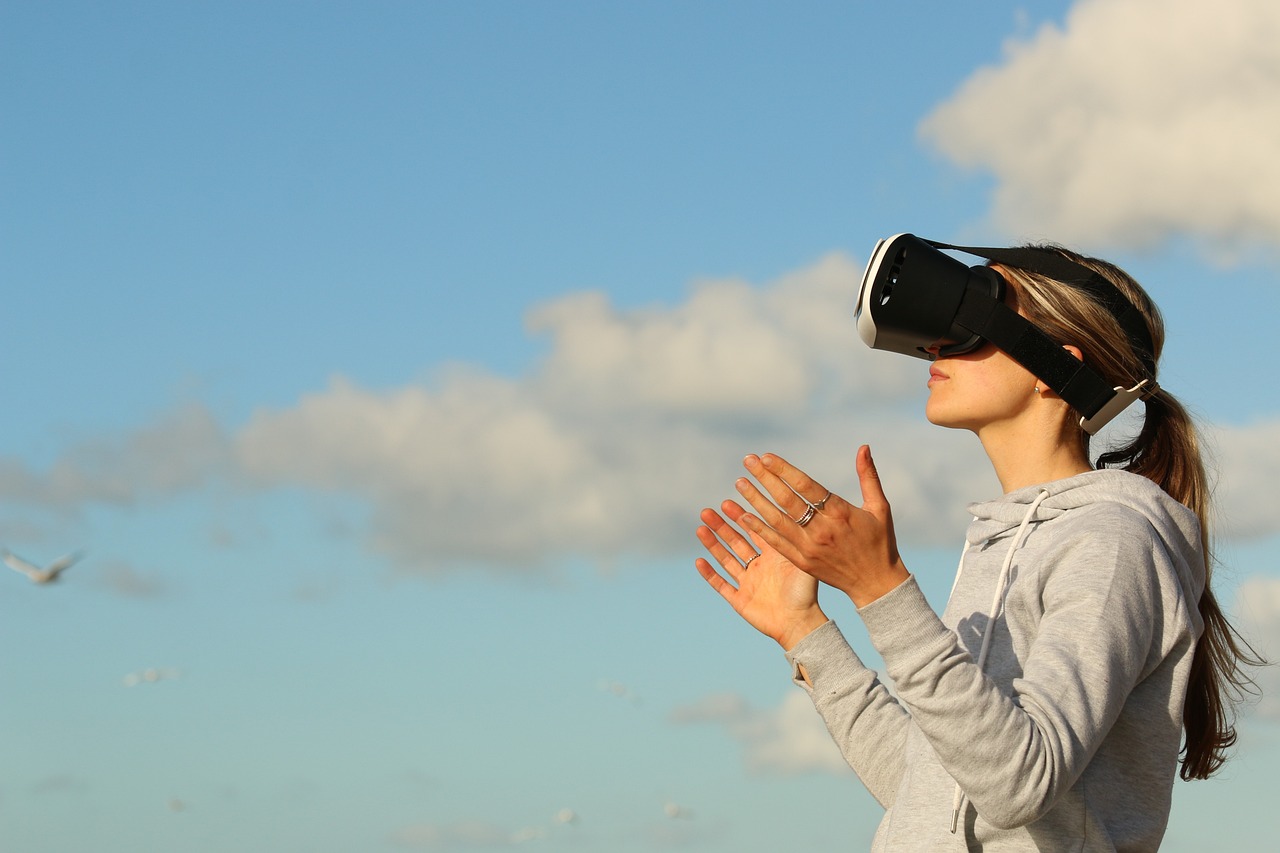Can we help you?
Contact us

Can we help you?
Contact us

Thank you for contacting us
Your form has been submitted successfully Our team will contact you again as soon as possible.
Whooppss...!! An error has occurred
Try sending later or write an email directly to areaempresas@ua.es

INFO
SHEET
DOWNLOAD
EXECUTIVE
ABSTRACT
CONTACT DETAILS: Research Results Transfer Office-OTRI
University of Alicante
Tel.: +34 96 590 99 59
Email: areaempresas@ua.es
http://innoua.ua.es
This system improves upon current see-through holographic viewers of great interest in today's digital society for virtual reality (VR) and augmented reality (AR) applications, as it removes multiple images and allows for better image sharpness. Also, this holographic lens-based light guidance system will be simpler and less costly than current systems using optical prisms.
The group is looking for companies interested in acquiring this technology for commercial exploitation or to collaborate in the development of new systems and applications.

Holography is a technique that uses the principles of light diffraction to record and subsequently reconstruct three-dimensional (3D) optical information of objects. In this context, so-called holographic optical elements (hereinafter referred to as HOEs) play a key role. Such HOEs are made from high-resolution photosensitive materials, capable of registering the interference pattern produced by two coherent and spatially overlapping beams (typically laser beams). The first of these beams is often referred to as the reference beam, and the second as the target beam, i.e., a beam reflected or scattered by the object whose optical information is to be recorded in the photosensitive material. Thus, an HOE is generated by causing both beams to interfere with the photosensitive material, and the interference pattern is recorded inside the photosensitive material, on the surface where the reference beam and the target beam coincide. The recorded pattern thus comprises the 3D information of the object and creates a photonic structure capable of diffracting the light. As a result, it is possible to obtain a reconstructed image of the object from the diffracted beam resulting from a reconstruction beam incident on the HOE.
HOEs are used in a multitude of devices, such as augmented reality (AR) vision devices. In recent years, AR vision devices have experienced a remarkable development, ranging from the fields of video games or automotive, to the generation of new smart devices (e.g. smart glasses or helmets) that allow access to information in real time and without the need to look away from the screen of an accessory device (e.g. a mobile device).
Compared to mobile video devices, AR vision devices have three main advantages: they are hands-free systems, have a high privacy character and larger screen sizes. Among the different AR vision devices, those with see-through capabilities stand out for their high level of acceptance by the general public. However, it remains a challenge for see-through devices to combine high quality image display with clear see-through visibility for different applications.
Current AR devices comprising light-guiding systems based on holographic lenses are complex, financially costly and present difficulties in focusing the image guided by these systems correctly. Therefore, the need for a system that satisfactorily solves all these drawbacks is evident.
The present invention comprises:
1) A method of generating holographic lenses.
2) A holographic lens generated using said method.
3) A light-guiding system comprising the holographic lenses generated by said method.
This device presents a new structure and design of the holographic optical elements (HOEs) which means that the image introduced to the system, which will be projected on the eye of the user, arrives with more energy and much sharper.
Due to this modification of the wavefront made by holograms, not only is the red light guided, but the image is focused on the individual's retina (see Figure 1).
Also, the design can be adapted to the distances required for each application and the image size can be increased or reduced by changing the registration of the holographic lenses included in the system.
This system consists of a 4F system composed of holographic reflection or transmission lenses, a waveguiding substrate and a projection system to introduce the image to the eye of the user or to a semi-transparent screen.

Figure 1: Diagram of holographic lens operation
MAIN ADVANTAGES OF THE TECHNOLOGY
• This new light guidance system based on holographic lenses will be simpler and less costly than current systems using optical prisms.
• The images offered will be of much higher quality, i.e. better sharpness than current AR devices.
• The system eliminates the multiple images that characterise current holographic displays.
INNOVATIVE ASPECTS
• This method generates a holographic lens that guides the light, so that it meets the angular condition of total reflection on the substrate, without using optical prisms to incident the reference beam and the target beam on the photosensitive material. Currently, the use of optical prisms makes mass production of holographic lenses expensive and difficult.
• The design can be adapted to the distances needed for each application and the image size can be increased or reduced by changing the registration of the holographic lenses included in the system.
• This compact system does not require analogue or digital lenses for its operation because its function is performed by the holographic optical elements (HOLEs).
The invention is being developed at a laboratory level.
It mainly targets the Information and Communication Technologies (ICT), video games and automotive sectors.
The group is looking for companies or institutions interested in acquiring this technology for commercial exploitation through patent licensing agreements or to collaborate in the development of new holographic lenses.
This technology is protected by two patent applications.
• Patent title: “Método de generación de lentes holográficas, lentes holográficas generadas con dicho método, y sistema que comprende dichas lentes holográficas” and “Sistema de guiado de luz basado en lentes holográficas”.
• Application number: P202330551 and P202330552
• Application date: 03/07/2023
Engineering, Robotics and Automation
Transport and Automotive

Carretera San Vicente del Raspeig s/n - 03690 San Vicente del Raspeig - Alicante
Tel.: (+34) 965 90 9959




